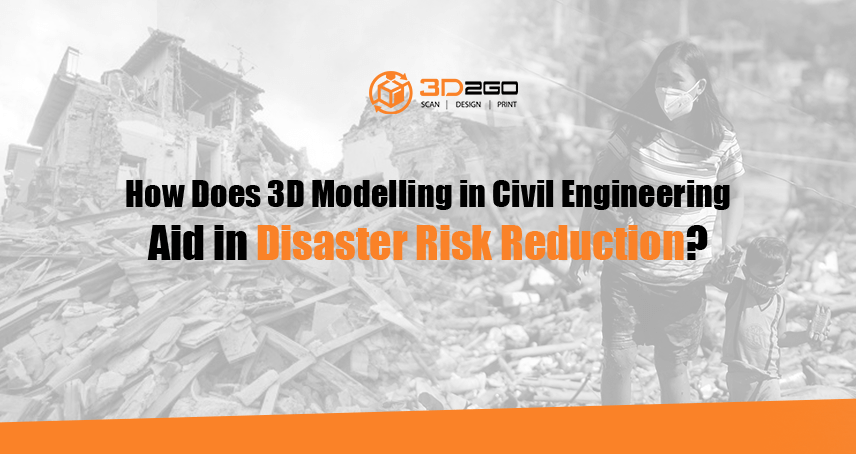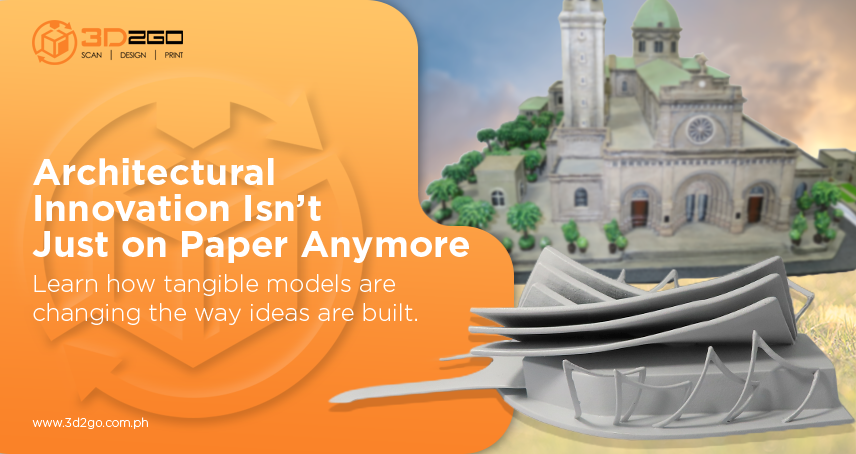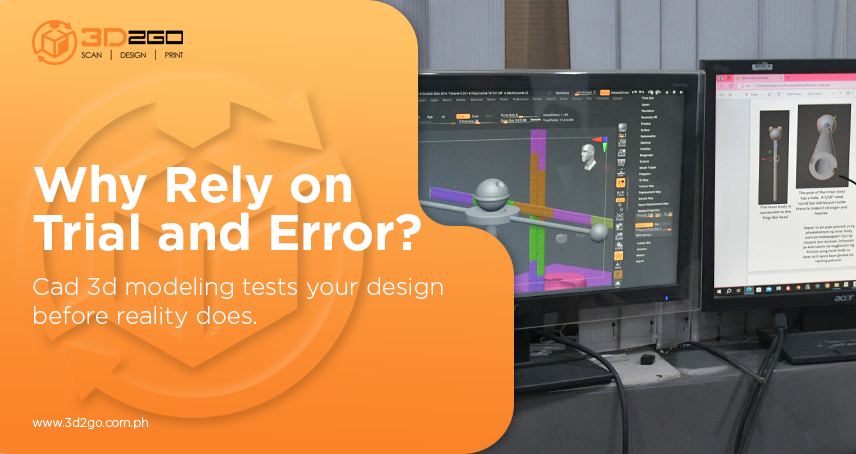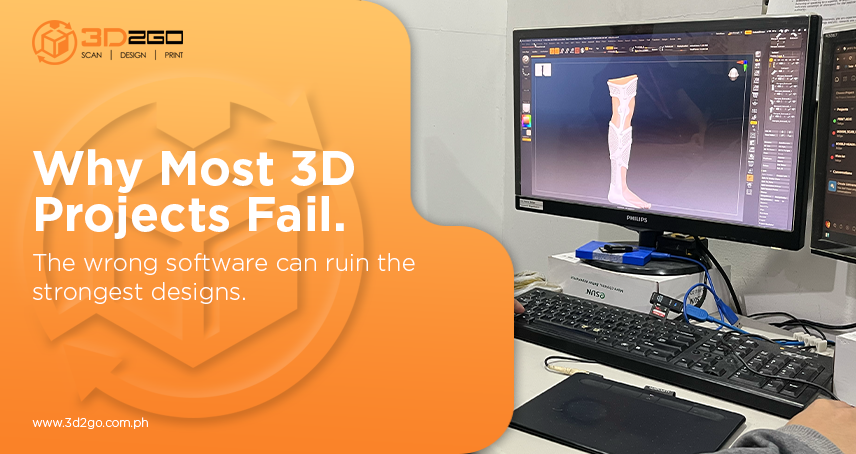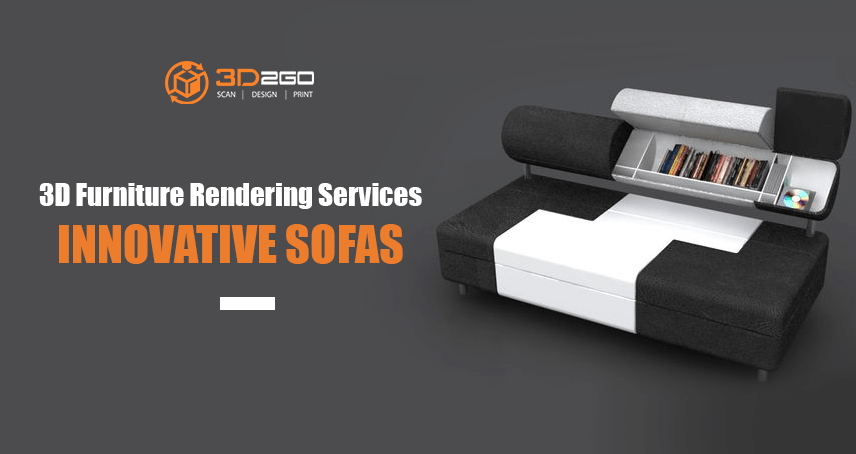
3D Furniture Rendering Services – Innovative Sofas
August 17, 2022
3D2GO At SIP 2018
August 21, 20223D modelling in civil engineering plays a vital role in reducing the damage caused by natural hazards. But how?
Everything starts in planning.
The importance of project planning for construction projects cannot be understated.
Construction project planning accomplishes a lot of things. It helps in the cost minimization through the optimum utilization of the resources available in the planning of the project.
But more than saving money, planning also refers to saving lives and keeping the safety of workers and clients.
In this article, we will deep dive into how 3D modelling in civil engineering helps in disaster risk reduction.
Disaster Risk Reduction (DRR) Defined
Disaster risk reduction is a broad term that refers to everything we do to prevent or mitigate the effects of natural disasters such as earthquakes, floods, droughts, and storms.
Disaster risk reduction investments save lives not just after the disaster, but even before it happens.
Before we plunge into the deep end of our discussion, here are some disaster risk reduction activities to give you a basic idea what it is:
- Early warning systems notify people before a tsunami hits or before a volcano erupts, giving them time to move out of harm’s way.
- Establishment and enforcement of building codes means structures are likely to withstand damage.
- Trained first responders can immediately act to rescue trapped or injured persons.
Basically, DRR is prioritizing and strengthening early warning, preparedness, mitigation and prevention to save lives.
The Role 3D Modelling Plays in Construction DRR
When we discuss building design, most people immediately think of architecture. It’s because, when compared to civil engineering, the majority of us can immediately see the connection between architecture and the word “design.”
But with the emergence of 3D modelling, civil engineers can plan and design their own project. This gives them the liberty to assess risky areas in construction.
Even more so, here are some of the reasons why 3D modelling is important in DRR.
1. Improves Visualization
Visualisation is heavily used in the construction industry to investigate and communicate complex situations and objects. It is particularly useful in the design and construction of buildings and other built assets such as bridges and tunnels.
Hand-drawn sketches, diagrams, and technical drawings were once used to create visualisations. But the engineers now use 3D modelling software to do it and the reason for this is simple: it is fast, easy, and cheap.
When the engineers have completed a 3D model of the location and infrastructure, the next step is to identify design flaws and correct them as soon as possible.
Some civil engineers run simulations to check if the design will crumble after an earthquake or storm. They can also check faults and risky areas with a comprehensive 3D model.
Basically, a better visualization would help engineers analyze better all the crucial structural elements of the design. Thus, guaranteeing that it can really endure all types of conditions.
2. Facilitates Better Communication
There are many factors involved in ensuring safety on the work site, but communication is one of the most critical elements.
Safety is all about communication.
It goes without saying that a 3D model is easier to comprehend than a traditional blueprint. As a result, it can help engineers, contractors, and their clients communicate more effectively.
3D models make it easier to convey the function and benefits of a structure, especially to those who are unfamiliar with construction and engineering.
Communication in construction is vital to achieving a successful construction process from inception to completion. Proper dissemination of information can also help construction workers be safe throughout the process.
One way to communicate risky areas is to present them with a visual of the project. By letting them see the areas that are weak, they will be able to avoid it or amend it in time.
In essence, good communication can help you to establish a workplace culture of health and safety awareness, ensure that potential hazards are identified and shared with employees quickly, and clear instructions are given so that safety procedures can be followed.
3. Pick Quality and Applicable Resources
The selection of the materials that will be used to complete a construction project is often overlooked. Many project planners cut corners and don’t use the best quality of material possible.
By selecting suitable materials to use in your upcoming project, you can make a significant effect on many aspects of the construction process.
Employing 3D CAD drafting to civil engineering building design can also help engineers determine early on the process all the necessary material involved for the construction of the project.
Moreover, if engineers know their construction site, they will also be able to identify what kind and type of resources they will need.
The environment plays an important role here. Consider the location of the structure. Take into account any potential corrosion factors and take the necessary precautions.
Certain materials can become corroded easily so it should be eliminated from the plan.
Proper materials used can drastically increase the overall safety of the project. Plus it can save a lot of money.
3D Modelling Role After the Construction
3D models can be archived for later use after construction is completed; they will be useful any time the construction project needs to be modified, retrofitted, updated, or extended.
The construction company can save this information using cloud-based data services, and it can be accessed from anywhere in the world.
When a construction project requires new additions, these can be inserted directly into 3D models to see how they will affect the overall project. This can include anything from updating an HVAC system to adding a new wing to an existing structure.
One of the advantages of precise 3D architecture building models is that the data will live on and be accessible in the future. If a construction project is expected to be ongoing, with frequent renewals, renovations, and updates, the initial 3D models of the project will be useful for a long time.
Architects and engineers will be able to run through a variety of scenarios for potential changes to the project before it is completed, and they will already have data on the surrounding terrain and improvements.
Conclusion
Finally, it’s easy to see why 3D design and construction is already being used extensively in construction projects. Architects and engineers can use accurate 3D modeling to save lives.
Even more so, they can use it to look ahead in time and see how a project will be completed as well as its impact on the surrounding area.
Better costing, lead times, and safety and stability can all be achieved with 3D modeled projects, thanks to the advanced labor provided by 3D scanners and drone technology.
In short, if you want to ensure the safety of your project, it is better to hire a 3D modeller to create a model of your site. With this, you can study it to avoid major problems during, before and after the construction.
The Best 3D Service Provider in the Philippines
We sell 3D scanners and printers if you want to start your 3D journey now.
Let us be a part of your work. Contact us and we’ll help you with your 3D scanning needs.
We are 3D2Go, the premier company for anything 3D in the Philippines. We have the technology and talents to assist you in creating a 3D model of various items.
We are the one-stop-shop of everything 3D such as 3D scanning, 3D modeling, 3D prototyping and more.
By allowing us to help you, you can assure an accurate and satisfying result of your project.
Reach us through our Facebook page or leave us a message here.


